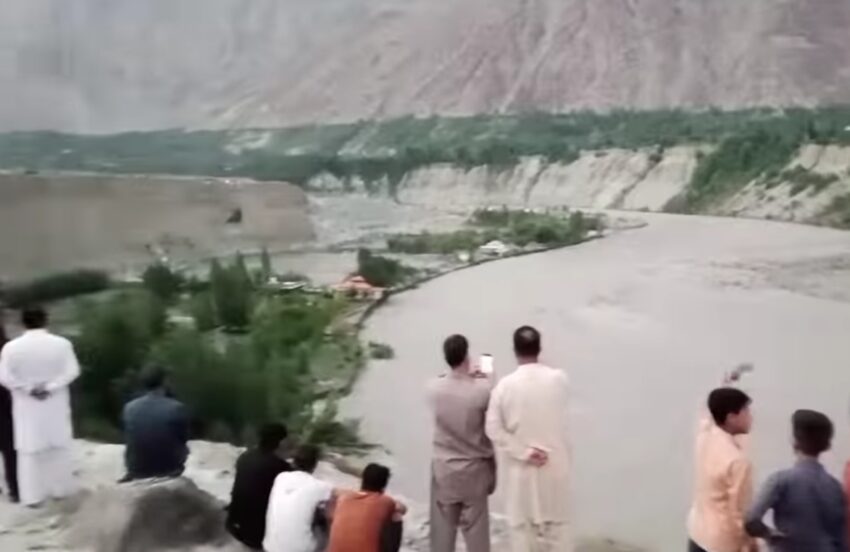Author: Engr. Rashid Ahmed
Date: August 2025
Introduction
Development is not merely an economic concept—it is a comprehensive and multidimensional process involving education, health, gender equity, institutional capacity, and public policy. In the context of Pakistan, the analysis of development must include social indicators, institutional functionality, and historical comparisons with developed nations.
This research paper explores the social dimensions of development in Pakistan, evaluating its policies, planning mechanisms, and comparative position with regard to the global evolution of development stages.
Historical Comparative Framework:
Stages of Development:
18th Century – Evolution Stage
In the West, the 18th century witnessed the Industrial Revolution, characterized by technological advancements, scientific exploration, and the transformation of agrarian economies into industrial societies. In contrast, the subcontinent (now Pakistan) remained under colonial rule, with minimal investment in social infrastructure or human development.
19th Century – Progress Stage
Western nations developed institutional frameworks: railways, public education, modern law systems, and administrative reforms. Meanwhile, colonial policies in the subcontinent prioritized imperial interests, offering limited and uneven progress in infrastructure or public welfare.
20th Century – Development Stage
Developed nations shifted toward welfare states, emphasizing social security, public health, and inclusive education. Pakistan, post-1947, grappled with political instability, military rule, and inconsistent development policies that hindered sustained progress.
21st Century – Strong Economy Stage
Today, developed nations are investing in knowledge economies, AI, green energy, and global financial integration. Pakistan continues to struggle with energy crises, debt burdens, and institutional inefficiencies.
Where Pakistan Stands Today
Pakistan’s present condition indicates it is transitioning across multiple development stages simultaneously:
In education and science, it lags between the evolution and progress stages.
In infrastructure and institutional design, it hovers around the early 20th-century model.
In economic resilience and innovation, it has not yet reached the global benchmarks of the 21st century.
This hybrid position places Pakistan decades behind developed nations in terms of socio-economic evolution.
Social Indicators Analysis
Education
Pakistan allocates only 2% of its GDP to education. Literacy remains below 60%, and disparities across regions and genders persist.
Challenges: Low funding, poor infrastructure, outdated curriculum, and inequality in access.
Healthcare
Health spending is under 2% of GDP. High maternal and infant mortality rates, coupled with insufficient rural services, highlight systemic gaps.
Challenges: Shortage of staff, corruption, lack of basic health units, and urban-rural divide.
Gender Equity
Female participation in the labor force is just over 21%. Cultural barriers, inadequate education, and lack of safety limit their economic role.
Challenges: Societal norms, limited policy enforcement, and economic exclusion.
Conclusion: Pakistan’s Developmental Position
Pakistan stands at a crossroads where it must simultaneously fulfill the pending demands of previous centuries and prepare for the challenges of the current one.
Without long-term planning, consistent policy implementation, and inclusive governance, it cannot bridge the developmental gap.
Policy Recommendations
- Allocate at least 4-5% of GDP to education and health.
- Establish a long-term national development vision with cross-party commitment.
- Reform civil services and strengthen local governments.
- Promote inclusive growth by empowering youth and women.
Summary
Pakistan remains nearly a century behind developed countries in overall development. However, committed leadership, institutional reforms, and inclusive policy planning can significantly reduce this gap.
